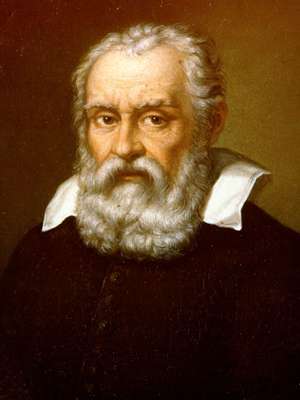The Pendulum

What it's about:
In a church in Pisa, before his discoveries on the fall of bodies, Galileo observed a swinging chandelier. Using his pulse as a clock, its seemed that it didn't matter how far the chandelier swung, it always took the same time to complete the swing.
Galileo is considered the first thinker to turn to experimentation as a method of confirmation of truths.
In Numbers:
-
20°Angle under which Galileo's assumptions and observations hold true.
Galileo Galilei

Born on February 15, 1564, in Pisa, Galileo first studied medecine before becoming fascinated by mathematics, and astronomy. While holding various teaching jobs, he started experimenting with motion and gravity.
He became very critic of the Aristotelian view of the world, which isolated him form the intellectual community.
His various publications, and support of a sun-centered solar system, made the church a stiff opponent, and accuse him of heresy twice. Galileo died in Arcetri, near Florence, Italy, on January 8, 1642, and by this time, the Church could not deny science any more.
Where?
Discovery Description:
Galileo showed how, for small angles, the pendulum’s period is independent of it’s displacement. No mater how far its goes, it will take the same time to swing. He then experimented with different masses to show that, for the same angle, no matter the mass of the pendulum, the swing will be the same.
Related Topics:
Influences
-
Science:The pendulum demonstrates perpetual motion; which was not compatible with the physics of Aristotle. It opened the door to modern physics.
-
Time:The predictable motion of pendulums made it useful to be used as a stopwatch for more precise mesurments.
-
Technology:Galileo failed to build a clock, but Christian Huygens was able to make the first pendulum capable of accurately telling the time, based on Galileo's findings.

